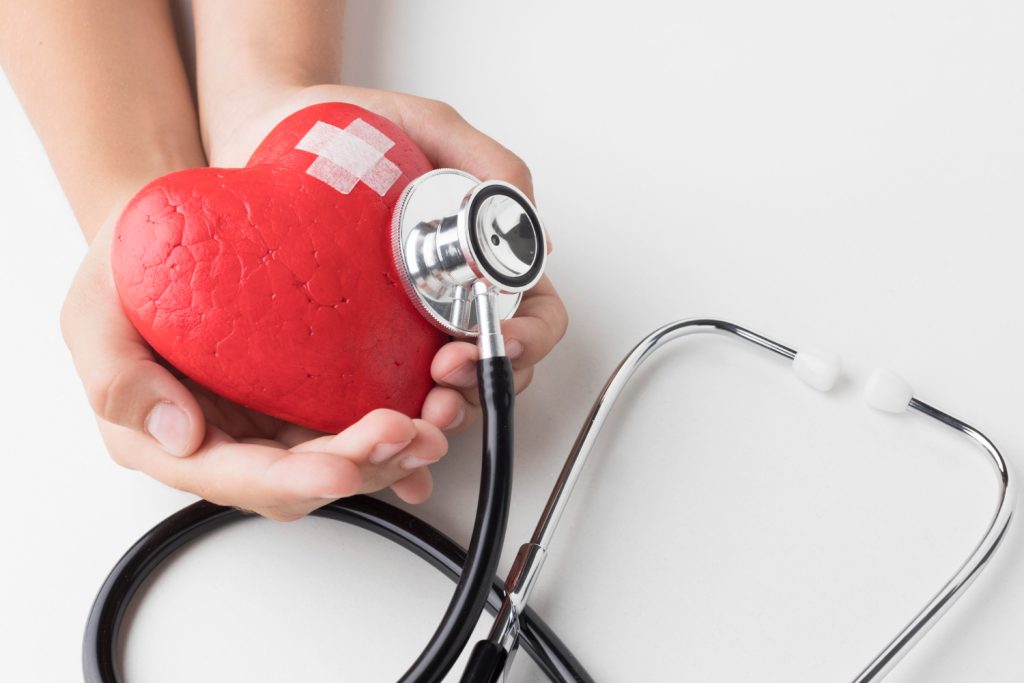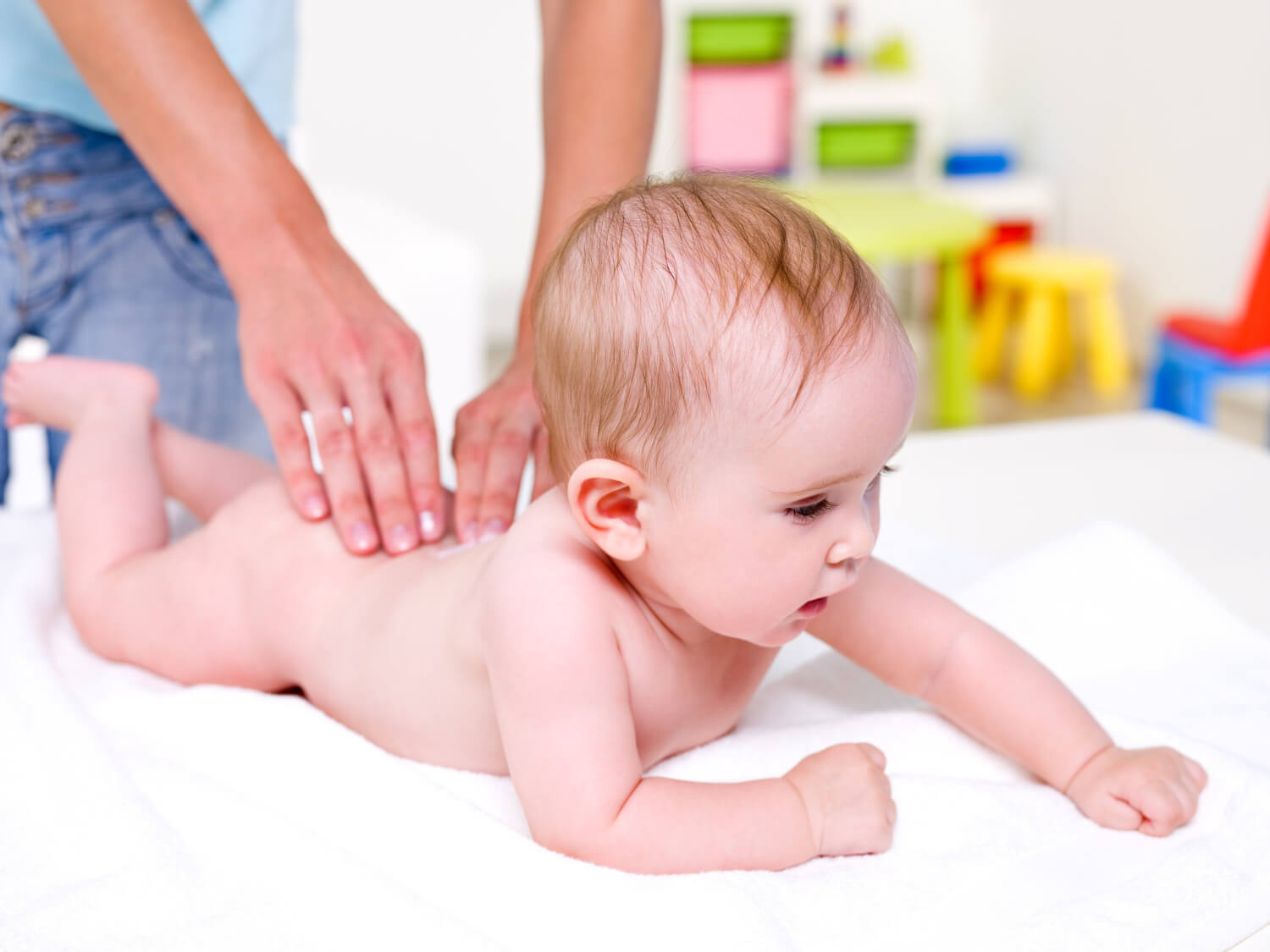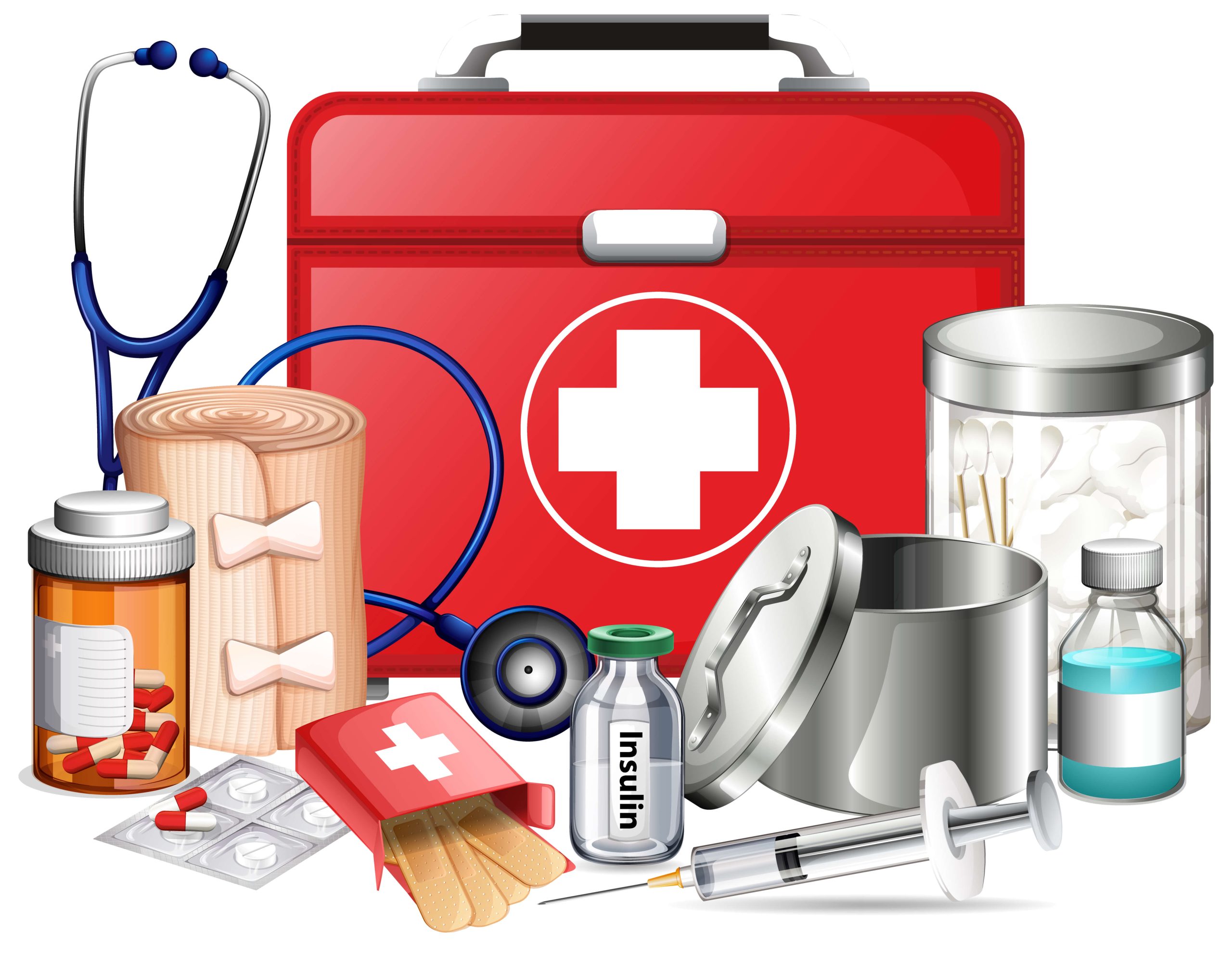8 Things You Should Do for a Healthy Heart

8 Things You Should Do for a Healthy Heart

In the fast-paced hustle and bustle of modern life, our hearts often bear the brunt of our unhealthy habits. The heart, that trusty muscle that pumps life through our veins, deserves more than just a second thought. Maintaining a healthy heart is crucial to living a long and vibrant life, free from the constraints of heart disease and other cardiovascular complications. But what exactly can you do to ensure your heart keeps ticking like a well-oiled machine? Let’s delve into the top 8 things you should do for a healthy heart.
Get Moving, Regularly
In the sedentary world we live in, the good old “use it or lose it” adage holds true for your heart. Regular physical activity is your heart’s best friend. Here’s why:
Improved Circulation: Exercise gets your blood flowing, improving circulation. A well-circulated blood supply ensures that your heart doesn’t have to work harder than it should.
Weight Management: Maintaining a healthy weight is a key aspect of heart health. Regular physical activity helps you shed extra pounds and keep them off.
Stronger Heart Muscle: Just like any other muscle, your heart needs exercise to stay in top shape. Aerobic exercises like brisk walking, jogging, and swimming help strengthen your heart muscle.
Lowered Blood Pressure: Exercise helps reduce high blood pressure, a major risk factor for heart disease.
Enhanced Cholesterol Profile: Regular exercise can raise your “good” HDL cholesterol and lower your “bad” LDL cholesterol levels.
So, how much exercise should you aim for? Aiming for at least 150 minutes of moderate-intensity aerobic activity or 75 minutes of vigorous-intensity aerobic activity per week is a good start. This could be as simple as brisk walking or as intense as running – it’s your choice!
Eat Heart-Healthy Foods
The saying “you are what you eat” is more than just a cliché – it’s a fact. Your diet plays a significant role in the health of your heart.
Fruits and Veggies: These nutritional powerhouses are rich in vitamins, minerals, and antioxidants that are excellent for heart health. They help reduce inflammation and oxidative stress, both of which are linked to heart disease.
Whole Grains: Opt for whole grains like brown rice, quinoa, and whole wheat over refined grains. They are high in fiber and can help lower your risk of heart disease.
Lean Proteins: Replace red meat with lean protein sources like poultry, fish, and plant-based options like beans and tofu. They are lower in saturated fat and cholesterol, which can clog your arteries.
Healthy Fats: Include sources of healthy fats in your diet, like avocados, nuts, and olive oil. These fats can improve your cholesterol levels and protect your heart.
Limit Sodium: High sodium intake can lead to high blood pressure. Be mindful of your salt consumption, and read labels to keep your sodium intake in check.
Cut the Sugar: Excess sugar can contribute to obesity and heart disease. Keep your sweet tooth in check, and reduce your sugar intake.
Say No to Smoking
Smoking is not only harmful to your lungs; it’s a menace to your heart. The nicotine and other harmful chemicals in cigarettes can:
Raise Blood Pressure: Nicotine in cigarettes causes a temporary increase in blood pressure.
Decrease Oxygen: Smoking reduces the amount of oxygen that reaches your heart, making it work harder.
Increase Heart Rate: The chemicals in tobacco can lead to an increased heart rate, stressing your heart.
Promote Atherosclerosis: Smoking contributes to the buildup of plaque in your arteries, increasing the risk of heart disease.
Kicking the smoking habit is one of the best things you can do for your heart. If you need help, consider talking to a healthcare professional or joining a smoking cessation program.
Manage Stress
The modern world throws stressors at us from every angle, and chronic stress can take a toll on your heart. When you’re under stress, your body releases adrenaline and cortisol, which can lead to:
Elevated Blood Pressure: Stress hormones can cause your blood pressure to spike.
Inflammation: Chronic stress can lead to inflammation in the body, a risk factor for heart disease.
Unhealthy Coping Habits: Many people turn to unhealthy coping mechanisms when stressed, such as overeating, smoking, or excessive drinking, all of which harm your heart.
To protect your heart, it’s crucial to manage stress. Try relaxation techniques like deep breathing, meditation, yoga, or even a good laugh with friends. Seek support if stress becomes overwhelming.
Get Quality Sleep
A good night’s sleep is like a reset button for your body, and it’s especially important for heart health. Poor sleep can lead to:
High Blood Pressure: Sleep deprivation can lead to an increase in blood pressure.
Weight Gain: Lack of sleep disrupts your appetite-regulating hormones, leading to weight gain.
Higher Stress Levels: A lack of sleep can make you more stressed and irritable, putting additional strain on your heart.
Increased Risk of Heart Disease: Chronic sleep problems are linked to a higher risk of heart disease.
Make it a point to get 7-9 hours of quality sleep per night. If you struggle with sleep, consider improving your sleep hygiene, which includes creating a comfortable sleep environment and sticking to a regular sleep schedule.
Keep Alcohol in Check
Moderate alcohol consumption may have some heart benefits, particularly for older adults. However, excessive drinking can harm your heart. Here’s why:
High Blood Pressure: Excessive alcohol can lead to high blood pressure.
Cardiomyopathy: Heavy drinking can weaken your heart muscle, a condition known as cardiomyopathy.
Irregular Heartbeat: Alcohol can disrupt your heart’s rhythm, leading to arrhythmias.
If you choose to drink alcohol, do so in moderation. For most people, this means up to one drink per day for women and up to two drinks per day for men.
Get Regular Check-ups
Regular visits to your healthcare provider are not just about checking your blood pressure and cholesterol. These check-ups can uncover hidden risks and help you keep your heart in check.
Blood Pressure: Monitoring your blood pressure is crucial, as high blood pressure is a silent killer.
Cholesterol Levels: Keep an eye on your cholesterol levels, including HDL, LDL, and triglycerides.
Blood Sugar: High blood sugar is a risk factor for heart disease, so get your blood glucose levels checked regularly.
Body Mass Index (BMI): This can help you track your weight and assess your risk for heart disease.
Family History: Discuss your family’s history of heart disease with your healthcare provider. Genetics can play a significant role.
Preventive Screenings: Consider screenings for conditions like diabetes and sleep apnea, which can increase your heart disease risk.
Stay Socially Connected
Human beings are social creatures, and staying socially connected can have a positive impact on your heart health.
Mental Health: Loneliness and social isolation can contribute to stress and depression, both of which can harm your heart.
Support System: Having a strong support system of friends and family can provide emotional support during challenging times.
Happiness: Spending time with loved ones and engaging in social activities can boost your mood and reduce stress, both of which are good for your heart.
Conclusion
Your heart is your most loyal companion on the journey of life, and taking good care of it is paramount. The eight things we’ve discussed – from regular exercise to a heart-healthy diet, smoking cessation, stress management, quality sleep, and moderate alcohol consumption – are like keys to unlocking the door to a healthier heart.
Remember, it’s never too early or too late to start taking care of your heart. Implementing these steps can significantly reduce your risk of heart disease and improve your overall quality of life. So, don’t wait until your heart whispers a cry for help; start giving it the love and care it deserves today. After all, a healthy heart is a happy heart.






